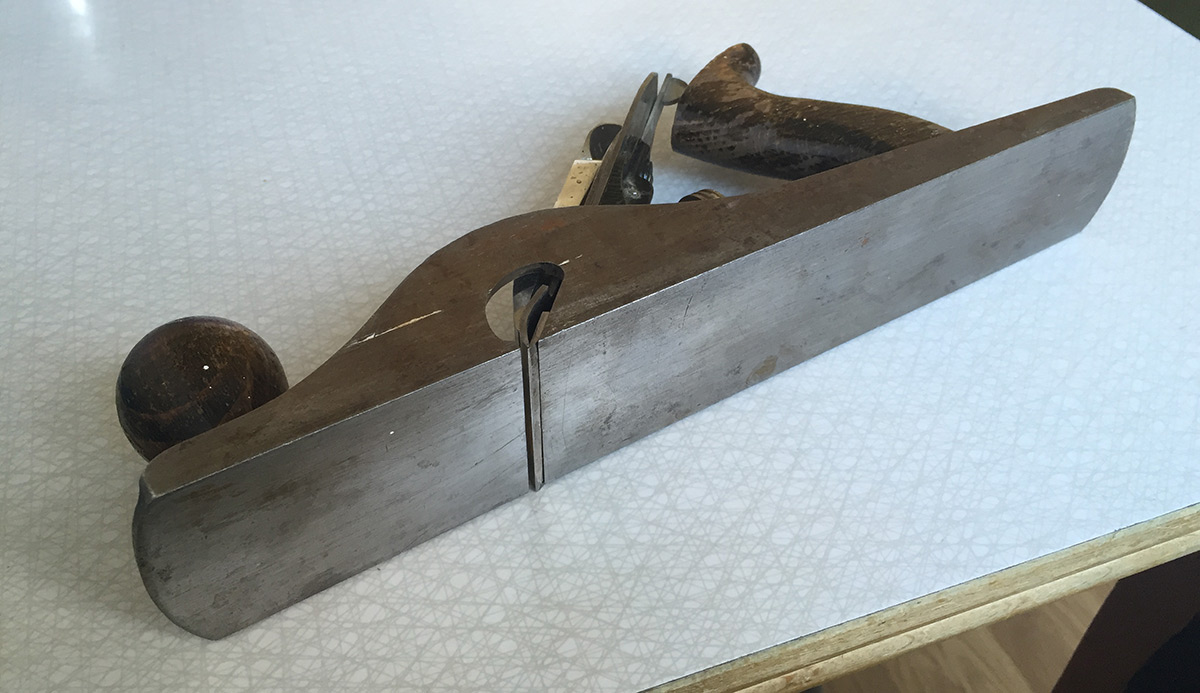Hello everyone! New to the forum here, but somewhat avid woodworker, whenever I get the chance. You can see some of my attempts at http://www.youtube.com/c/switchandlever
Anyway, I recently picked up this Stanley no 10 rabbet plane from a flea market with the intention of restoring it, however in my attempts to find more information about it it's been very hard. At first, Stanley planes seem fairly easy to date, and this would likely be a Type 15 plane, putting it somewhere in the early 1930s. But some things are off, and this plane is made in England and as far as I've found they didn't start making Stanley planes in England until 1937, so that makes the whole quest quite a bit harder.
Does anyone have any inkling of an idea how old this plane may be? I will restore it and use it regardless, but I would very much appreciate knowing a bit about its history.
I'm also considering that the lever cap may have been replaced, considering it seems to be in much better condition than the rest of the plane.
Cheers!






 Reply With Quote
Reply With Quote
